How to Stop an Older Cat From Attacking a New Kitten?
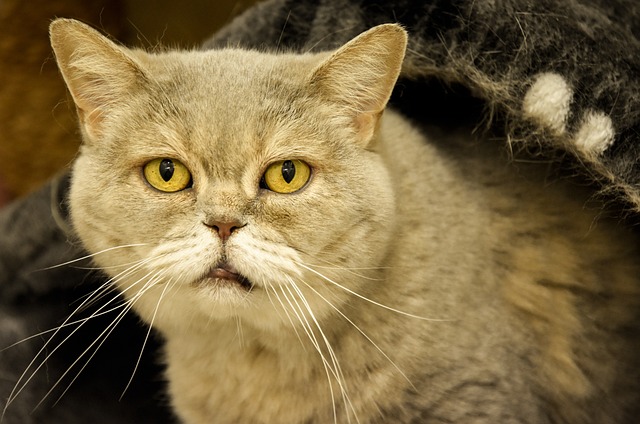
Imagine this:
You bring home a new fluffy ball of joy, a tiny kitten full of excitement and innocence.
But as soon as your older cat sees it, chaos ensues. 😿
You're left worried, anxious about the safety and well-being of your new addition.
But don't fret, because help is on the way.
Keep reading to discover how to put an end to the older cat's ferocious attacks and create harmony in your feline family.
How to Manage Aggression Between Older Cat and New Kitten
Gradually introduce the older cat and new kitten
When you bring a new kitten into a home with an older cat, you must take things slowly.
Swap their bedding or blankets so they can get used to each other's scents. This helps them feel more comfortable together and reduces the chance of any fighting.
But remember, your older cat might still feel a little jealous or threatened.
So make sure you give them extra attention and love. Let them know they're still vital to you.
Feed the cats separately to reduce tension
To avoid any aggression between the older cats and new kittens, it's best to feed them in different places.
Create separate feeding areas for each cat if you have to. This way, they won't fight over food and there will be less tension.
Also, keep an eye on how they eat.
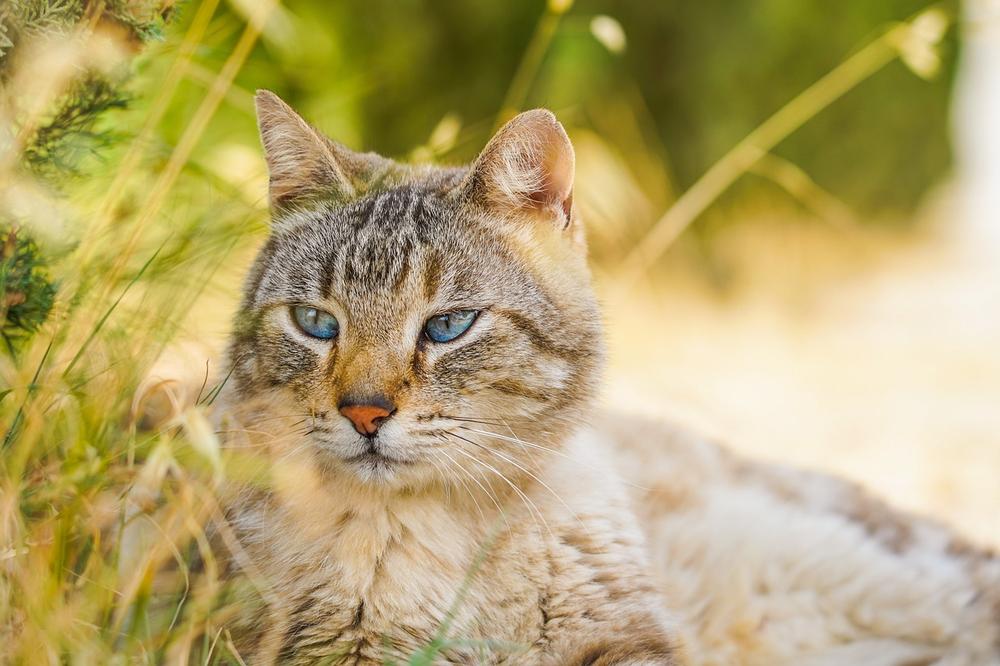
If one cat isn't finishing their food or seems stressed during mealtime, it could mean they're feeling anxious or threatened. Adjust their feeding routine or provide multiple bowls to alleviate any conflicts.
Provide plenty of play and interactive toys
Playtime is important for both your older cat and new kitten. It helps them bond and prevents any potential aggressive behavior.
Use interactive toys to keep them engaged and distracted from any fights.
Just ensure you supervise their play sessions. If you see any signs of aggression, step in and redirect their focus.
Encourage gentle play and discourage rough behavior from either cat. With patience and time, they'll learn to peacefully coexist in your home.
Main points I'll expand upon further down this article:
- Observe body language and intervene gently to prevent attacks.
- Supervise interactions until they can be unsupervised.
- Use distractions like loud noises or water to defuse fights.
- Separate the cats and reintroduce them gradually after fights.
- Provide separate spaces for each cat, including hiding places and favorite spots.
- Ensure each cat has their own food, water, and sleeping areas.
- Understand cat behavior, particularly dominant behavior in older cats.
- Properly introduce the new kitten to the existing cat slowly.
- Allow time for scent swapping and increase supervised face-to-face interactions.
- Use positive reinforcement techniques and be patient during the adjustment period.
And it gets better...
There are additional strategies you can implement to ensure the safety of your new kitten and prevent aggression from the older cat.
By creating separate spaces and understanding dominant behavior, you'll set the stage for a peaceful coexistence.
Now, let's dive into these tactics in more detail...
Ensuring Kitten's Safety in an Environment With Older Cats
Here are 10 tips to keep your kitten safe and happy around older cats:
- Give your kitten some high-up places to climb or observe from, so they can feel secure.
- Keep an eye on how they interact with each other and step in if there's any tension.
- Watch out for signs of aggression or discomfort in the older cat's body language.
- If needed, gently intervene to prevent fights or any aggressive behavior.
- It's best to supervise their interactions until they can be left alone together.
- When conflicts arise, distract them with loud noises or a splash of water.
- If things get too heated, separate the cats and slowly reintroduce them over time.
- Make sure they each have their own personal space, including hiding spots and cozy sleeping areas.
- Don't forget to provide separate food and water bowls for each cat.
- And don't worry, the older cat should still have their own safe spaces and an extra litter box.
Understanding cat behavior and taking the right steps during introductions will help keep peace in your multi-cat household. 🐱
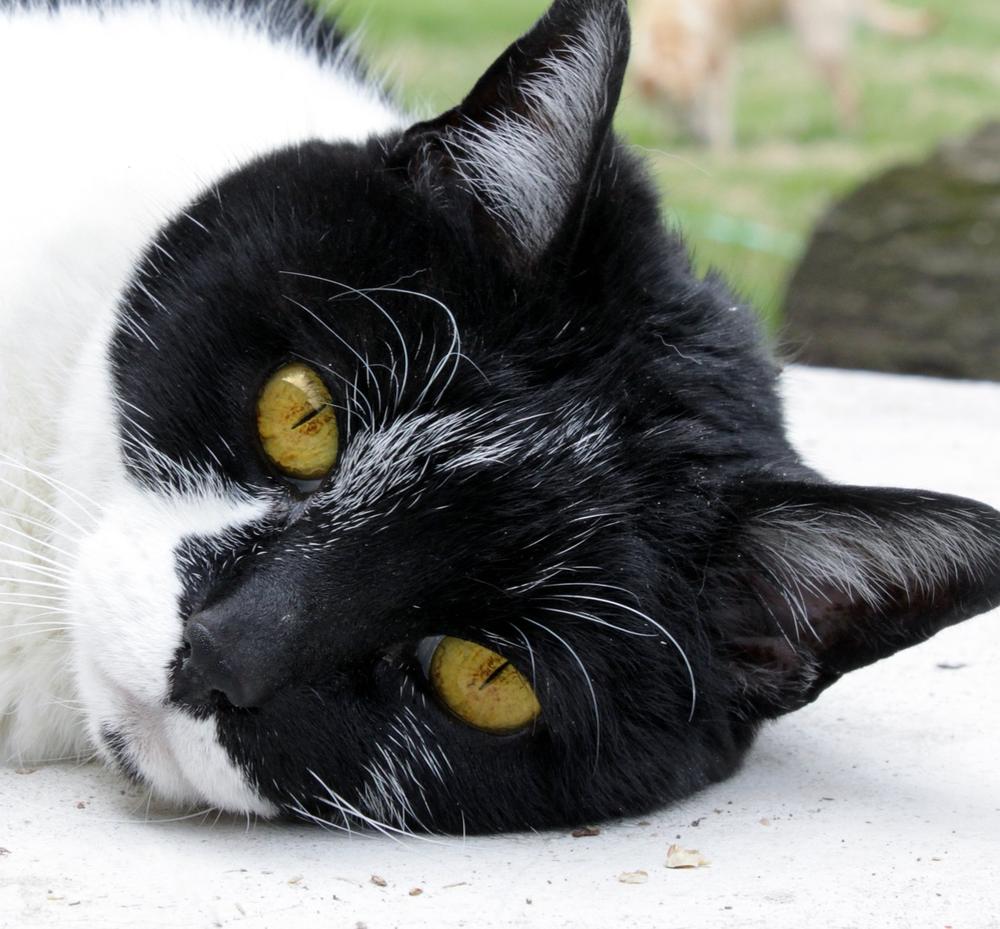
But how can you encourage positive behavior in your older cat?
Let me share with you a powerful technique that puts you in control!
Addressing Hissing and Aggression From Older Cat Towards New Kitten
Reward your older cat whenever it acts calmly or approaches the kitten without aggression.
Hissing is common during the initial stages of introduction, as cats adjust to each other's presence.
In my experience, introducing a new kitten to an older cat can sometimes lead to hissing and aggression.
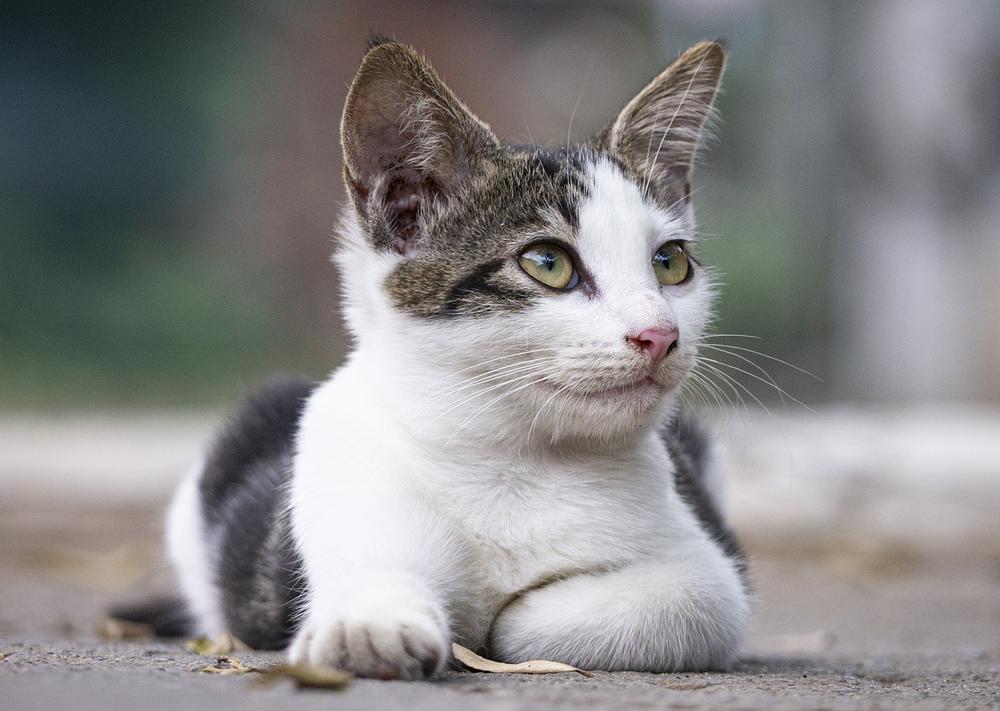
It's understandable that this might make you feel concerned or frustrated.
But don't worry, I've got you covered.
If you're dealing with a male cat attacking a pregnant female, I have written a helpful blog post that addresses this behavior and provides strategies to deal with it.
If you're interested in learning more, I highly recommend checking out my article Male Cat Attacking Pregnant Female.
Tips for Promoting Positive Interactions Between Older Cat and New Kitten
When bringing a new kitten into the mix with an older cat, you'll want to keep things positive and avoid any potential conflicts.
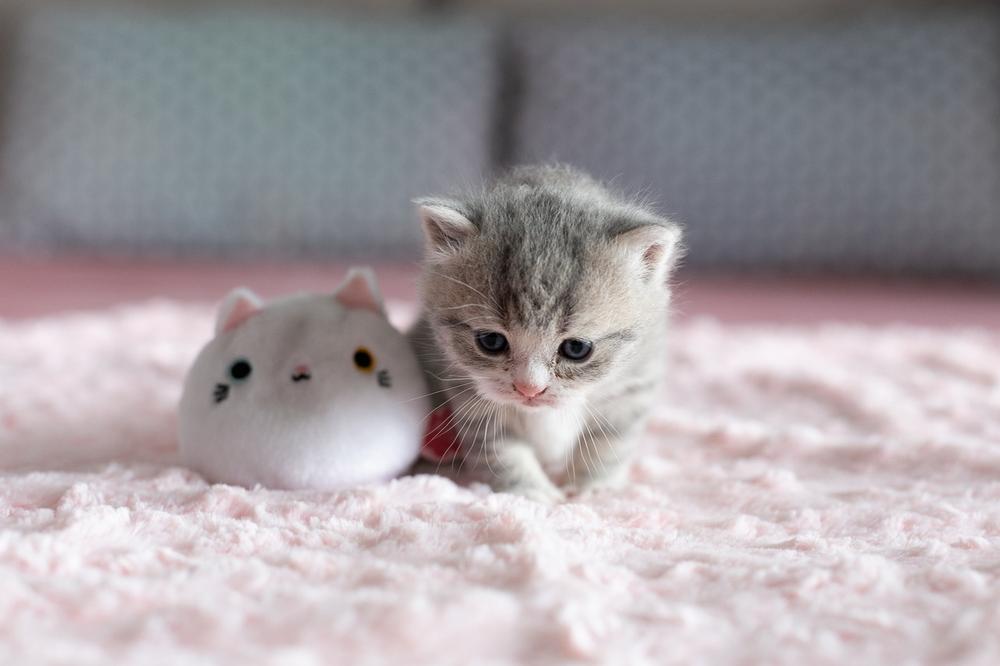
Here's what you can do:
- Make sure you have scheduled feeding times for each cat, and give them separate food stations so they don't compete with each other. This way, you minimize tension.
- Take some time to observe your cat and figure out what sets them off and their dominant tendencies. This will help you predict and prevent any fights before they happen.
- Introduce the cats slowly by having them play together and go on walks together. This lets them get used to each other's presence in a controlled environment.
- Consider using feline pheromone sprays to create a calm atmosphere and reduce stress for both cats.
- Start with scent swapping. Rub a cloth on one cat and then bring it near the other cat, so they can get familiar with each other's smell.
- Increase supervised face-to-face interactions between the cats, but make sure you meet their individual food preferences.
- Give each cat personal attention and playtime. This prevents jealousy and gives them positive experiences.
- Set up vertical spaces like cat trees or shelves where the cats can escape to when they need some alone time. 🐾
- Use positive reinforcement techniques like toys and rewards to encourage good behavior and discourage aggression.
- Let the older cat sniff you while you're petting the new kitten. This way, they associate the kitten's scent with something positive and it helps strengthen their bond.
Patience is key.
It might take weeks or even months for the two cats to fully adjust and accept each other. So take your time and be patient with them.
And that wraps up today's article.
If you wish to read more of my useful articles, I recommend you check out some of these: Why Do Cats Yowl at Each Other, How to Stop Cat From Jumping on Desk, Do Kittens Remember Their Siblings, How Long Can a Mother Cat Be Away From Her Newborn Kittens, and When Do Kittens Calm Down
Talk soon,
-Sarah Davis